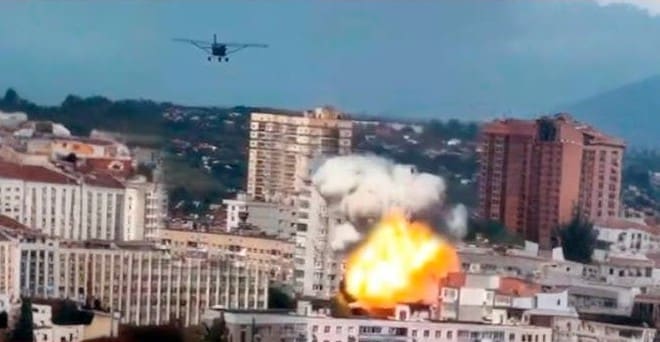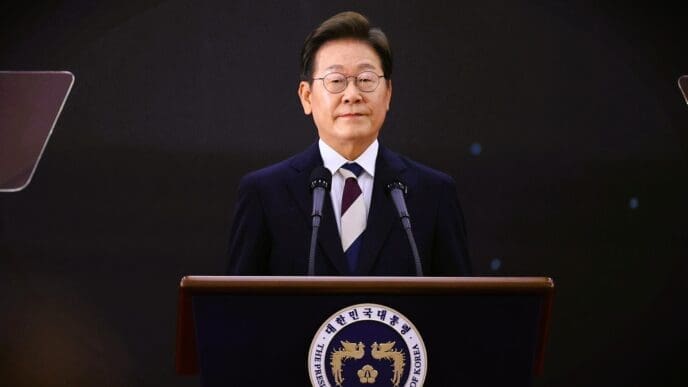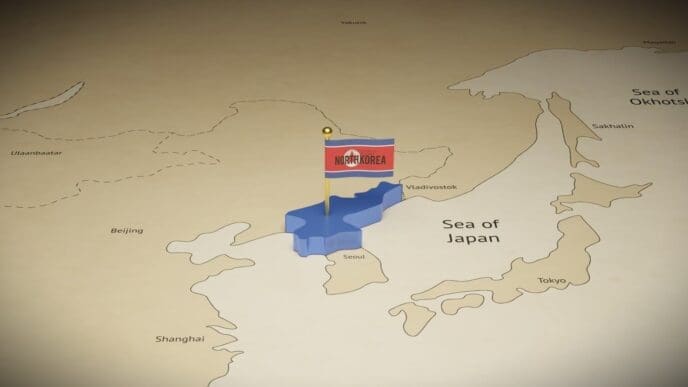The fall of the Assad regime has ushered in a transformative period for Syria, prompting a significant yet complex wave of refugee returns. This political shift, while fostering a sense of hope and opportunity for many, simultaneously evokes a deep sense of trepidation as families are reunited after years of separation. The poignant story of a man reuniting with his mother after 13 long years encapsulates the emotional turmoil inherent in these returns, highlighting not only the personal dimensions of such encounters but also the broader socio-political ramifications of the ongoing recovery in Syria.
A New Era: Hope and Opportunity
As the Assad regime’s power begins to wane, a palpable sense of change permeates the Palestinian and Syrian landscape, inspiring many refugees to contemplate the possibility of returning home. This critical juncture represents a chance to reclaim what was lost—homes, communities, and most importantly, family ties that had been severed by the brutality of war. For some, the return is motivated by a yearning to reconnect with loved ones, while for others, it symbolizes a rejection of years spent in displacement.
In an emotionally charged reunion, CNN captured the heartwarming moment of a son meeting his mother for the first time in more than a decade. Surrounded by the remnants of a once-thriving neighborhood now marked by scars of conflict, the emotional weight of this encounter transcended words. With tears of joy, they embraced, each holding onto the other as if to reaffirm their existence amidst the chaos that had torn them apart. This single reunion serves as a microcosm of the larger narrative unfolding across Syria, highlighting the enduring bonds of family and the resilience of the human spirit.
The Shadow of Violence: Fear of the Unknown
However, the return to Syria is not devoid of challenges. The emotional highs of reunion are met with the sobering reality of a country still grappling with echoes of its violent past. While some refugees envision their homeland as a place of renewed hope, many harbor fears of retaliation and unrest. The potential for violence looms large, as deep-seated grievances continue to fracture communities and personal relationships. For those who had to flee in search of safety, the specter of retribution is a haunting reminder that the scars of war may not heal as swiftly as physical displacements can.
The division among returning refugees is telling; some feel an urgent need to return, believing that the regime’s fall creates a more hospitable environment, while others remain skeptical, driven by anxieties over their safety and the long shadow of the past. This bifurcation reflects the complex realities of post-war Syria, where the promise of peace remains tenuous, and trust among citizens—once shattered—is difficult to restore.
Social Media: Amplifying Voices of Hope and Trepidation
In this era of digital connectivity, social media has emerged as a powerful platform for refugees to share their stories and experiences. Videos and personal narratives documenting reunions and the everyday struggles faced by returning Syrians have flooded online spaces, providing a glimpse into the human side of a political upheaval. This digital storytelling amplifies both hope and apprehension, allowing those still abroad to witness the lived realities of their compatriots and engage in conversations about the future of their country.
Yet, the narratives shared online are often tinged with complexity. As families reunite, the stories reflect not only joy but also profound loss. Many returning refugees carry the weight of loved ones left behind or those who perished during the conflict. Emotional expressions of nostalgia and yearning mingle with fears about what lies ahead—fears that resonate deeply among those who continue to navigate the ramifications of war from afar.
Rebuilding Amidst Uncertainty
As Syria enters this new chapter, the challenges of rebuilding are daunting. The scars of conflict run deep, with infrastructure in ruins, economies in disarray, and communities fractured by years of mistrust. For those returning, the desire to heal and rebuild is tempered by the lingering uncertainties surrounding safety and stability. The prospect of returning home is a double-edged sword, offering the allure of familiarity while confronting the haunting remnants of the past.
Navigating this fragile landscape requires immense resilience, as many Syrians grapple with the weight of their histories while striving to establish new lives. Families face the daunting task of reconciling the past with the present, often needing to confront not only their own fears but also those of their neighbors—people with whom they may have shared both cherished memories and painful histories.
A Complex Tapestry of Hope and Resilience
The heartfelt reunions in post-Assad Syria symbolize a delicate interplay of hope and apprehension—a microcosm of the broader socio-political dynamics enveloping the nation. As families come together after years of separation, their stories illuminate the personal stakes embedded within the collective narrative of a country in transition. The emotional reunions, characterized by tears of joy and reflection on hardships endured, underscore the extraordinary resilience of Syrians determined to reconnect, heal, and rebuild.
In this era of change, the journey of returning refugees serves as a poignant reminder that while a new chapter may be unfolding in Syria, the shadows of the past continue to loom large. The stories of those reunited, alongside the fears and uncertainties that accompany their decisions, weave together a complex tapestry—one that illustrates both the fragility of peace and the enduring strength of familial love in the face of adversity. As Syria navigates its post-Assad era, the experiences of returning refugees will not only shape their personal destinies but also play a crucial role in the collective future of a nation that yearns for stability, healing, and hope.













